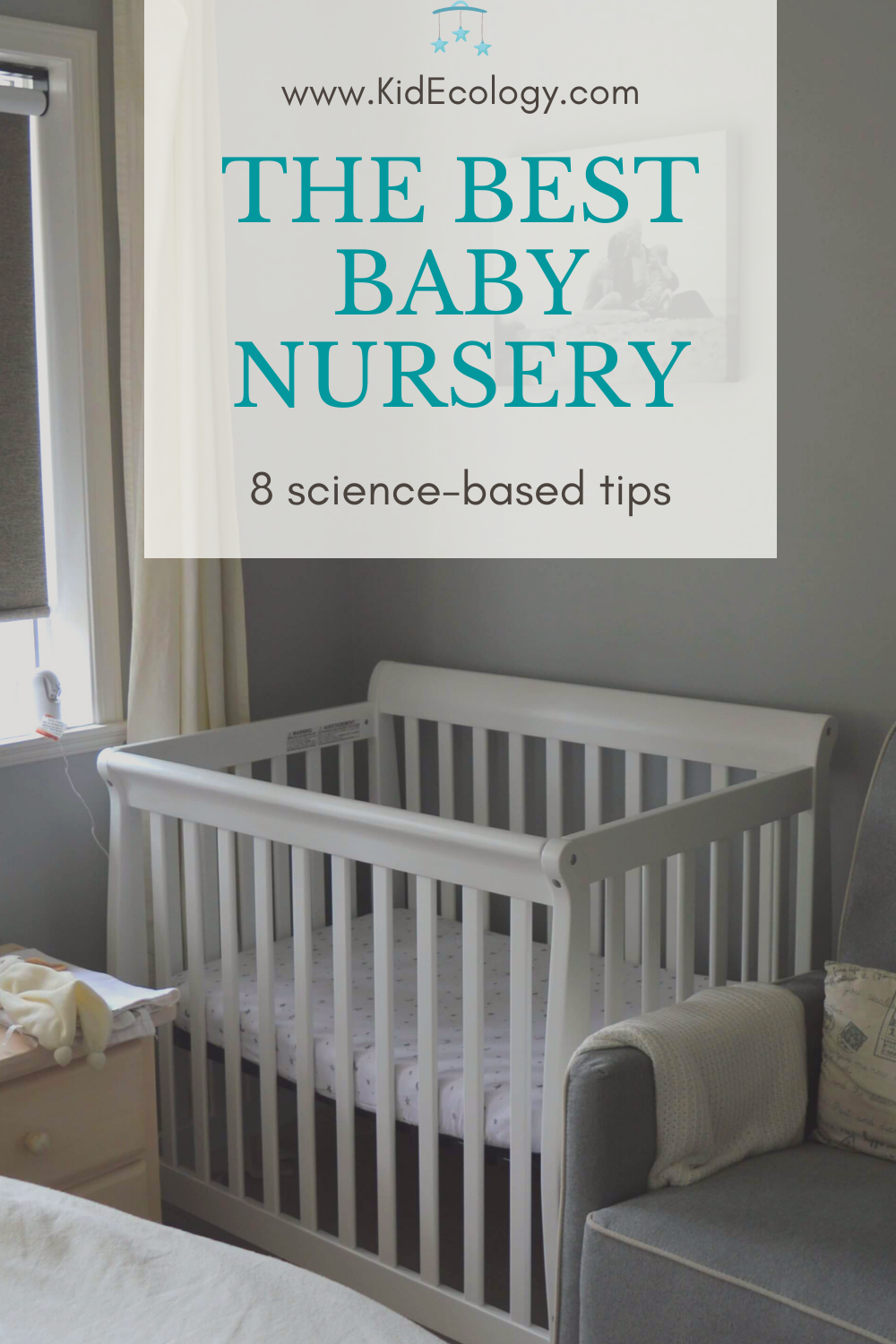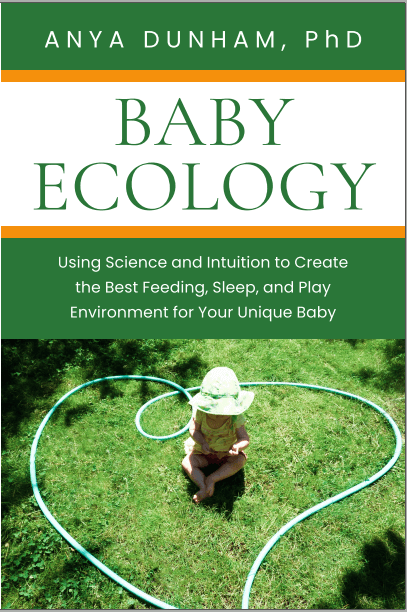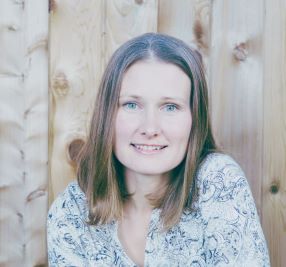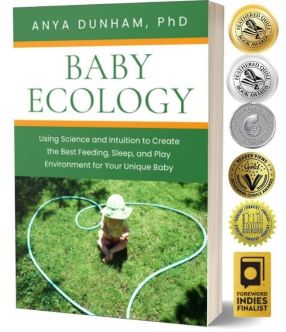Baby Ecology book is here! Learn more
Baby Ecology book is here!
- Home
- Getting Ready Checklist
- baby nursery
The best baby nursery: 8 science-based tips
by Anya Dunham, PhD
Let's create the best baby nursery, a space that is safe, comfortable, and calming for you and your baby.
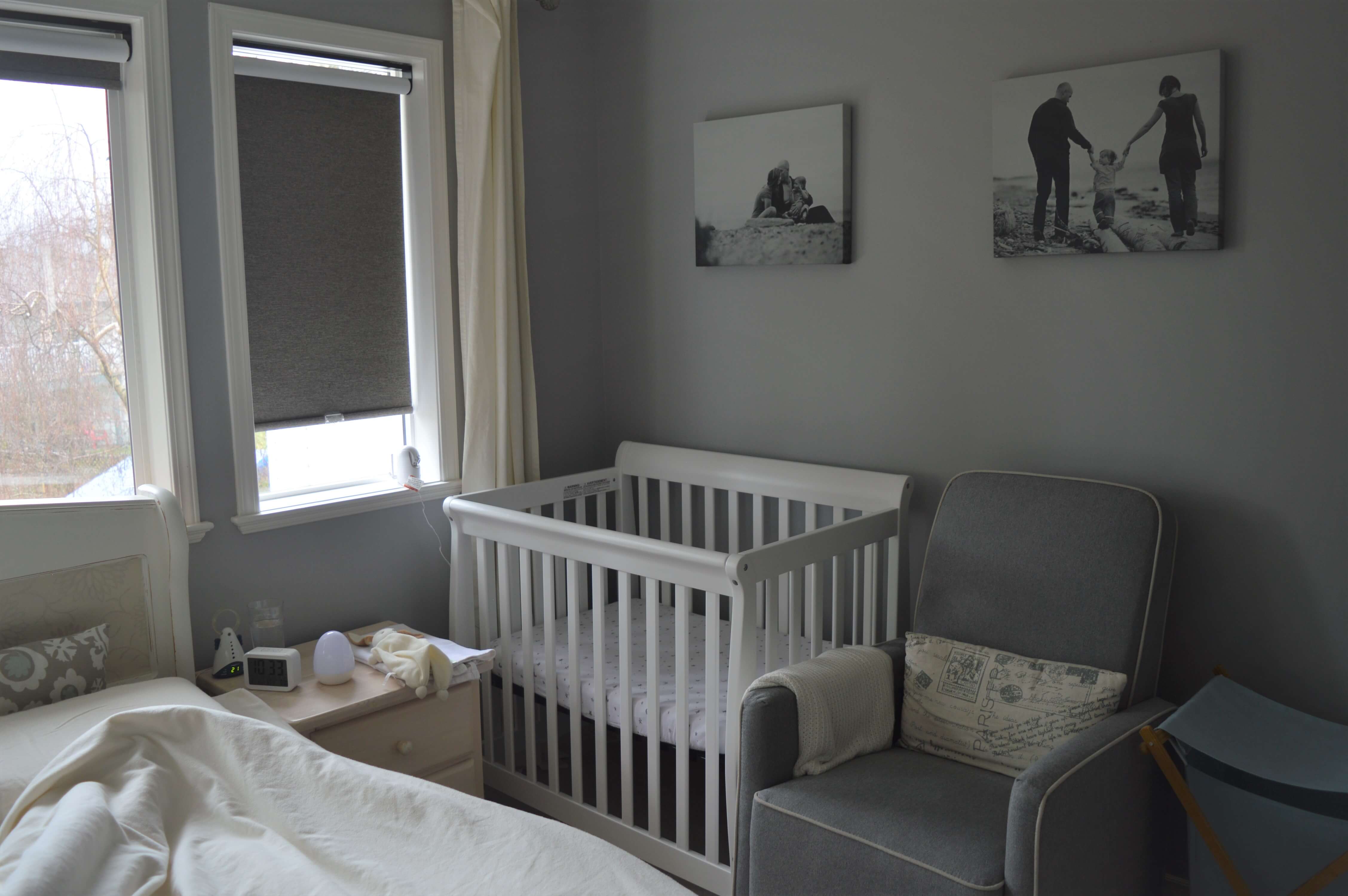
Are you getting ready to design your baby's nursery? This can become one of the most enjoyable tasks on your to-do list as you wait for your little one’s arrival.
The nursery will be your baby’s very first home – and a space where you, too, will spend a lot of time. Here are 8 science-based tips for creating the best baby nursery.
Baby's nursery does not necessarily have to be a dedicated, separate bedroom. In fact, the American Academy of Pediatrics recommends babies sleep on their own sleep surface in the parents’ room for at least the first 6 months, and preferably a year. Whether your baby gets their own room, shares room with a sibling, or has a cozy nook in your bedroom, the tips below will help.
(If you are more of an auditory learner, hear me chat about the 8 tips for the best baby nursery with Shelley Taft on The Baby Pro Podcast.)
8 tips for the best baby nursery
1. Go with any colour palette you like
Have you heard that baby's nursery must have a black-and-white or a bright primary colour palette? Although it's true that such colours are easier for newborns to see, don’t feel limited to contrasting colors.
Yes, vision in humans is not fully developed at birth, and young babies see contrasting colours best. But your baby’s vision will improve very rapidly: by 2 months she will be able scan her surroundings thoroughly; by 6 months she will see as well as an adult 1,2 Plus, in the very early weeks your baby does not really need to see the details of the nursery. Young babies benefit from less stimulation, and seeing and feeling you will be perfectly enough.
2. Choose a good quality, firm, natural mattress
Consider this: your baby will spend more than half of his first year of life asleep.3 Even by 3 years old he still will likely have spent more time sleeping than in all awake activities combined! And every time your baby sleeps, his airways and delicate skin will be in contact with the materials the sleep surface is made of.
Budget mattresses often come with a synthetic waterproof covers that contain polyurethane, vinyl, phthalates, or BPA. This is not ideal. Instead, choose a firm mattress with a non-toxic core and a natural, breathable fabric cover – and then add a water resistant wool pad between the mattress and a fitted sheet. Crib wool pads are natural, hypoallergenic, and help regulate temperature.
3. Skip fancy crib sets
Crib sets with bumpers, crib skirts, and baby quilts can be very pretty. However, they are not particularly useful. In fact, they can be unsafe. The American Academy of Pediatrics recommends babies sleep on a firm sleep surface covered by a fitted sheet only - with no other bedding or soft objects - to reduce the risk of SIDS and suffocation.
I suggest getting at least 4 fitted sheets made of natural fibers such as cotton, bamboo, or lyocell. Make sure no cords, strings, loose sheets, pillows, blankets, toys, or curtains are within baby’s reach.
4. Add blackout curtains or blinds
Speaking of curtains… add blackout curtains or blinds to your baby's nursery. This will help your baby develop circadian rhythm, which is essential for sound sleep.
The circadian rhythm is regulated by the hormone melatonin.4 Babies are born with high levels of melatonin they receive from mom. But this “borrowed” melatonin disappears after the first 'sleepy' week, often bringing in something called the "day-night confusion”. During this period, many babies begin sleeping in short stretches around the clock and some sleep more during the day than at night.
By about 3-4 months babies are usually able to make enough of their own melatonin to have a clear circadian rhythm.5-7 By keeping your baby’s sleep space dark at night, you will help her establish and maintain her circadian rhythm more easily, which will bring more rest to your entire household.
5. Avoid blue LED lights and screens
White and blue-based lights - including illuminated screens of TVs, tablets, smart phones, and laptops - inhibit melatonin production. They can disrupt circadian rhythm by tricking the brain into thinking it is daytime in the middle of the night... not what you want for your baby!
Because of this, it's best to keep baby’s nursery screen-free. If you plan to use a night light during nighttime feedings and diaper changes, choose a dim one, preferably with warm red or yellow light rather than blue LED.
6. Use sound machines wisely (or not at all)
Many sleep programs and books recommend sound machines to mask outside noise or to introduce soothing sounds. However, a recent study tested a selection of widely available models of sound machines and found that all of them, when placed 30 cm away from the baby, were louder than the recommended noise level in hospital nurseries. Some machines even exceeded occupational limits for adults!8
For families who choose to use a sound machine, the authors of this study recommend:
- placing the sound machine as far away from the baby as possible (never on the crib rail)
- playing the sound at a low volume
- having the machine on for a limited time (for example, during naps) rather than all night.
7. Create a nighttime diaper changing station
Most babies need their diapers changed in the middle of the night for at least the first few months. If your main diaper changing station is in a place like a bathroom, consider creating an additional changing spot next to where your baby sleeps. That way, you won’t have to look for anything or carry your baby out of the room in the middle of the night. You will need a waterproof pad, diapers, wipes, and a few changes of sleep clothes.
(I changed my babies on the floor rather than the changing table at night. I began doing that as soon as recovered from birth enough to feel comfortable getting up and down. I knew I was tired, and felt safer doing it this way, as my babies were able to roll quite early.)
8. Invest in a comfortable chair
You will be spending a lot of time sitting in a chair feeding and cuddling your baby. A cozy glider, rocking chair, or armchair with good back support can make a big difference. Take your time to find a chair that's comfortable for you.
There is, however, one risk associated with being comfortable and cozy: the risk of falling asleep as you hold your baby in the middle of the night. Chairs and sofas are very unsafe sleep environments for babies: a baby can get wedged between the cushions or pressed against an armrest, all serious suffocation hazards9.
Think about how you will keep night feedings and cuddles safe. One way is to use a soft alarm set to the length of your baby’s typical feeding.
I hope you found these tips useful. And I hope you have fun adding your unique finishing touches: choosing a mobile or wall art, organizing baby’s dresser or closet, and buying or making things for your baby!
.
References
References
1. Slater A. (2002) Visual perception in the newborn infant: Issues and debates. Intellectica 34:57-76
2. Maurer D, Lewis TL. (1979) A physiological explanation of infants' early visual development. Canadian Journal of Psychology 33(4):232-52
3. Ednick M, Cohen AP, McPhail GL, Beebe D, Simakajornboon N, Amin RS. (2009) A review of the effects of sleep during the first year of life on cognitive, psychomotor, and temperament development. Sleep 32(11):1449-58
4. Dijk D-J, Czeisler CA. (1994) Paradoxical timing of the circadian rhythm of sleep propensity serves to consolidate sleep and wakefulness in humans. Neuroscience Letters 166(1):63-8
5. McGraw K, Hoffmann R, Harker C, Herman JH. (1999)The development of circadian rhythms in a human infant. Sleep 22(3):303-10
6. Kennaway DJ, Goble FC, Stamp GE. (1996) Factors influencing the development of melatonin rhythmicity in humans. The Journal of Clinical Endocrinology & Metabolism 81(4):1525-32
7. Sadeh A. (1997) Sleep and melatonin in infants: A preliminary study. Sleep 20(3):185-91
8. Hugh SC, Wolter NE, Propst EJ, Gordon KA, Cushing SL, Papsin BC. (2014) Infant sleep machines and hazardous sound pressure levels. Pediatrics 133(4):677-81
9. AAP (2016) SIDS and other sleep-related infant deaths: Updated 2016 recommendations for a safe infant sleeping environment. Pediatrics 138(5):e20162938
Using hundreds of scientific studies, Baby Ecology connects the dots to help you create the best environment for sleep, feeding, care, and play for your baby.
Warmly,
Anya
